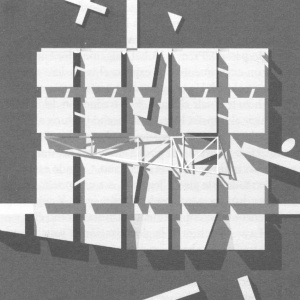Amnesia versus memory
Possible approaches to architectural history
DOI:
https://doi.org/10.35305/23626097v4i6.25Keywords:
History of Architecture, Didactics, Historiography, HeritageAbstract
Approaches to architectural history teaching were being subjected to changes related to different interests during the last few years: evolution of practice and technologies that rule our discipline, and, sudden vicissitudes modifying the social and productive role of the architect. This paper poses different ways of viewing history in the recent past and its present role as regards the new paradigm in which we are inserted. We face the abandonment of constituent aspects of our disciplinary tradition which leads, on one hand, to renewed alternative explorations and, on the other, to a massive feeling of heritage recovery. These alternatives encourage the development of strategies allowing the creation of a new didactics able not only to deal with new challenges but also to reassure our specificity.
Downloads
Metrics

Downloads
Published
How to Cite
Issue
Section
License
Open access policy
A&P Continuidad is a non-profit and open access publication. According to Mexico Declaration on Cultural Policies, the journal distribution is submitted to Creative Commons Attribution-Noncommercial-ShareAlike 4.0 International Public License (CC BY-NC-SA). “Neither the commercial use of the original work nor that of the possible derivative works are allowed. The distribution of derivative works should be submitted to the license regulating the original work. This license is not free.”
A&P Continuidad authorizes the partial or full reproduction of texts and graphs provided that the source is cited. Authors are exclusively responsible for the criteria expressed in the articles which do not necessarily reflect the opinion of the Editorial Committee or that of the Direction Board. The copyright of the published articles pertains to their authors or publishers.
Transfer of rights
The acceptance of an article to be published implies the author’s transfer of rights to the journal. Authors continue to have the right to use the material in future books or publications, approve or veto the republication of their works as well as the rights related to patents or other rights. Transfer of rights form may be downloaded here.























 This OJS site and its metadata are under a
This OJS site and its metadata are under a 

